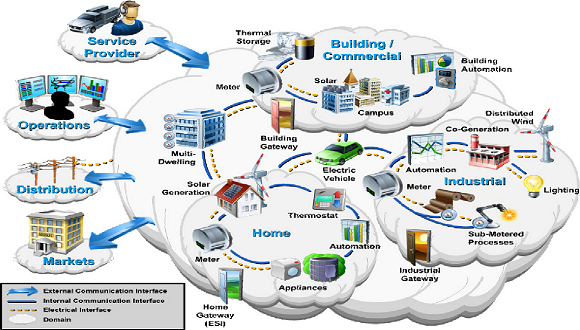

This helps keep customers happy, saves the utility money, and makes the job of water professionals much easier.

Then operators can arrange to fix problems before the customer notices. That’s a much faster response, which enhances customer satisfaction and reduces losses.Įven better is when you automate system analytics to proactively scout for problems. System operators would already have all this data at their fingertips, so they can immediately run analytics to identify the problem and target a repair. These products enable remote management and monitoring of data. Remote monitoring of water with smart products (such as Sensus Ally® Water Meters, or the Sensus® Smart Gateway Sensor Interface) can easily help utilities build out a smart utility network. When a customer calls to report low water pressure, traditionally the utility would need to roll a truck to deploy a pressure sensor on the nearest hydrant, and monitor that for a week, just to even begin to understand the problem.Ī smart utility network would be constantly monitoring customer meters, as well as control valves and other system points. You can optimize and automate your system considerably more.įor instance, an application for pressure monitoring and management (such as the Sensus Analytics Pressure Profile) is a huge source of potential benefits. All of the benefits stem from informing operational decisions and reducing response time. Zac Barkjohn: Increasing system visibility fundamentally changes how you manage a water system. In a smart utility network, which kinds of data and analytics offer the greatest potential benefits to water utilities? Reconfiguring over the air yields massive time and cost savings.
#Smart utility network update#
The ability to remotely update firmware or configuration settings is critical, when you consider that utilities are deploying thousands (or hundreds of thousands) of smart meters. You can also update firmware by remote and transmit special instructions to specific devices. In addition to on-demand meter reads, it can yield distribution system situational awareness, help track down water losses, support monitoring and modeling, and lots of other useful capabilities. In a smart utility network, battery-powered devices and networked two-way communications (such as the Sensus FlexNet® communication network) collect data and provide system visibility at a price point lower than ever before possible. Water utilities often desire increased system visibility - but it might be too costly to deploy SCADA equipment and power to 1,000 system points. SCADA requires hardwired power and significant up-front investment, which is why it’s typically deployed only at central system points such as treatment plants and pump stations. The architecture and infrastructure that support meter reading can also do many other important jobs. It encompasses, and bridges the gap between, advanced metering infrastructure (AMI) and more power-hungry communication networks.ĪMI is designed to support many battery-powered endpoints, distributed spatially at the edges of the water system (at every customer’s meter). It offers visibility and control across the entire water system. Zac Barkjohn: A smart utility network is a workhorse of data collection.


 0 kommentar(er)
0 kommentar(er)
